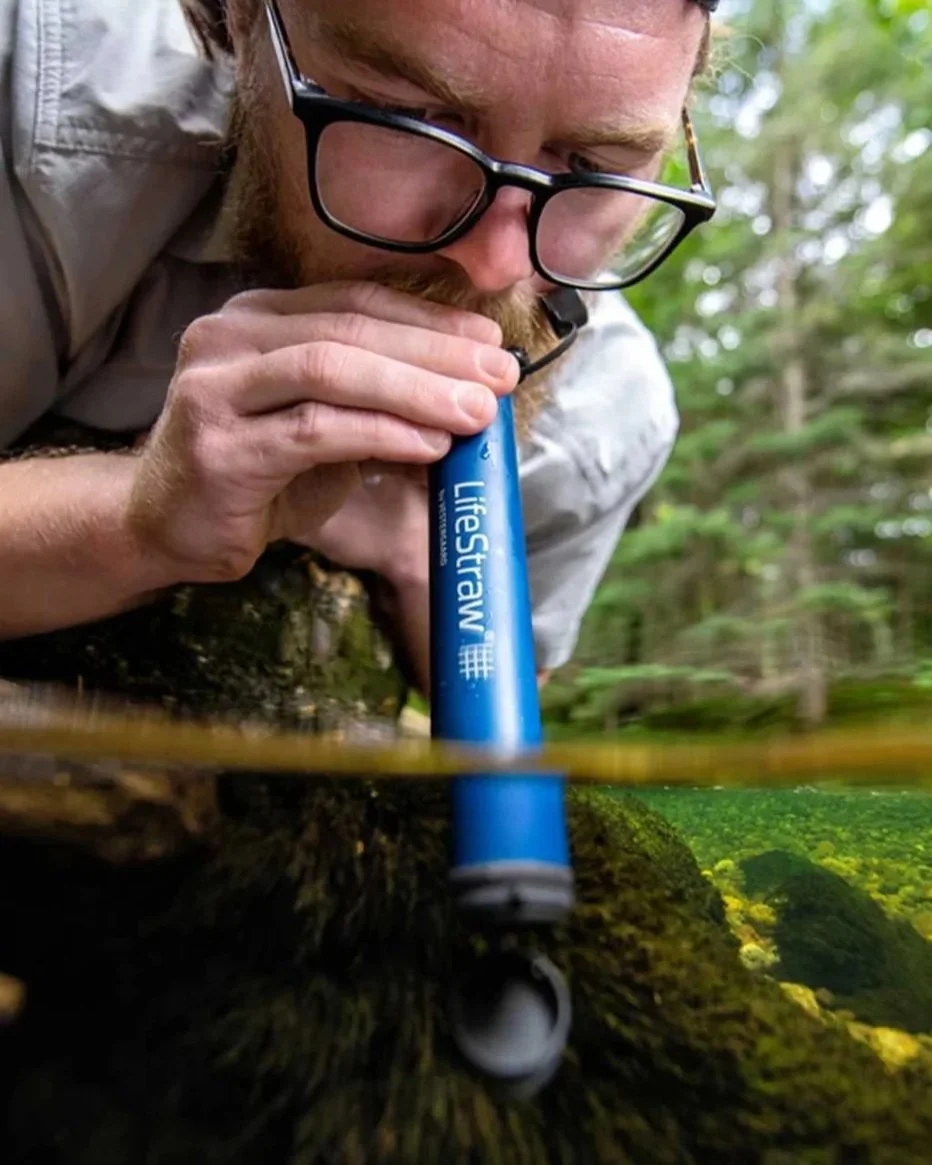It Starts With You
In chaotic or uncertain times, the most important question isn’t What is happening? It’s What can I do to help?
From Crisis to Change
Some of the world’s most powerful innovations began as rapid responses to crisis and became global game-changers. The proverb “necessity is the mother of invention” proves itself time and time again.
Innovation is often imagined as a spark, a moment of genius or sudden technological leap. But many of the ideas that shape the world don’t explode onto the scene. They emerge in moments of need, driven by empathy, not money.
A Straw That Helped Eliminate a Disease
In the mid-1980s, a crisis was unfolding: millions in several African countries were at risk of Guinea worm disease, a parasitic infection caused by drinking contaminated water. Although not usually fatal, the disease can incapacitate people for months, or even up to a year. At the time, there were approximately 3.5 million cases across 20 countries.
The Carter Center, founded by former U.S. President Jimmy Carter, was leading efforts to fight Guinea worm disease. In the late 1990s, they approached a Swiss textiles weaving company called Vestergaard with a request: Could they design something to stop the disease’s spread?
The collaboration began with a simple but transformative innovation: a mesh filter that removed Guinea worm larvae from drinking water. It saved lives.
They didn’t stop there.
Photo credit: LifeStraw
They went on to develop LifeStraw, a device that transforms dirty water into safe drinking water by removing bacteria and parasites.
LifeStraw devices was deployed in the 2010 Haiti earthquake, 2011 Thailand floods, and 2016 Ecuador earthquake, among other crises. To date, more than 40 million LifeStraw devices have been donated through NGOs and aid organizations.
Photo Credit: LifeStraw
Today, thanks in part to this filter, Guinea worm disease is nearly eradicated, dropping from 3.5 million cases to just 13 in 2024.
The company’s mindset was clear: design with empathy. Solve for the real user and share it freely.
A Basement in Syracuse
Decades later, when the COVID-19 pandemic hit in 2020, the world faced a terrifying shortage of personal protective equipment. Hospitals were running out of masks. Face shields were nearly impossible to find. The global supply chain was grinding to a halt.
In Syracuse, New York, a design studio called Budmen Industries saw the crisis and they decided to act. Using their in-house 3D printers, they prototyped a simple, effective face shield.
Photo Credit: Budmen Industries
Photo Credit: Budmen Industries
The solution had to be shared. They released the file to the public, free to download, free to use. Anyone with a 3D printer could make and donate Budmen face shields.
Among those who stepped up were two engineers, Scott Antonacci and Harold Watkins, who took the Budmen design and brought it into mass production through injection molding. They scaled it by the millions, helping it reach those in dire need.
What happened next was one of the largest grassroots manufacturing efforts of the 21st century. The design spread worldwide. Teachers, librarians, retirees, nurses, actors — everyday people — began printing face shields.
In just two months, more than 3.5 million Budmen face shields were fabricated from that original file.
Those four people: Isaac Budmen, Stephanie (Keefe) Budmen, Scott Antonacci, and Harold Watkins, strangers until that point, realized they shared something deeper: a belief in practical, purpose-driven problem solving.
A company is born, not from ambition, but alignment. That company became Think Variant.
It Starts With You
From climate to health to inequality, the headlines have changed, but the urgent need remains: scalable solutions.
This is where the question comes in: What can I do to help?
The next LifeStraw or Budmen FaceShield might be sitting in your sketchbook, your garage, or in your mind right now. It might solve a problem you’re facing, and chances are, others need it too.
If you see a need, step into it.
If you think differently, don’t wait for permission.
If you solve something, share it.
Share your ideas in the comments. Start a prototype. Pass this story along. We’ll help you figure out what’s next.
This is where human innovation begins.




